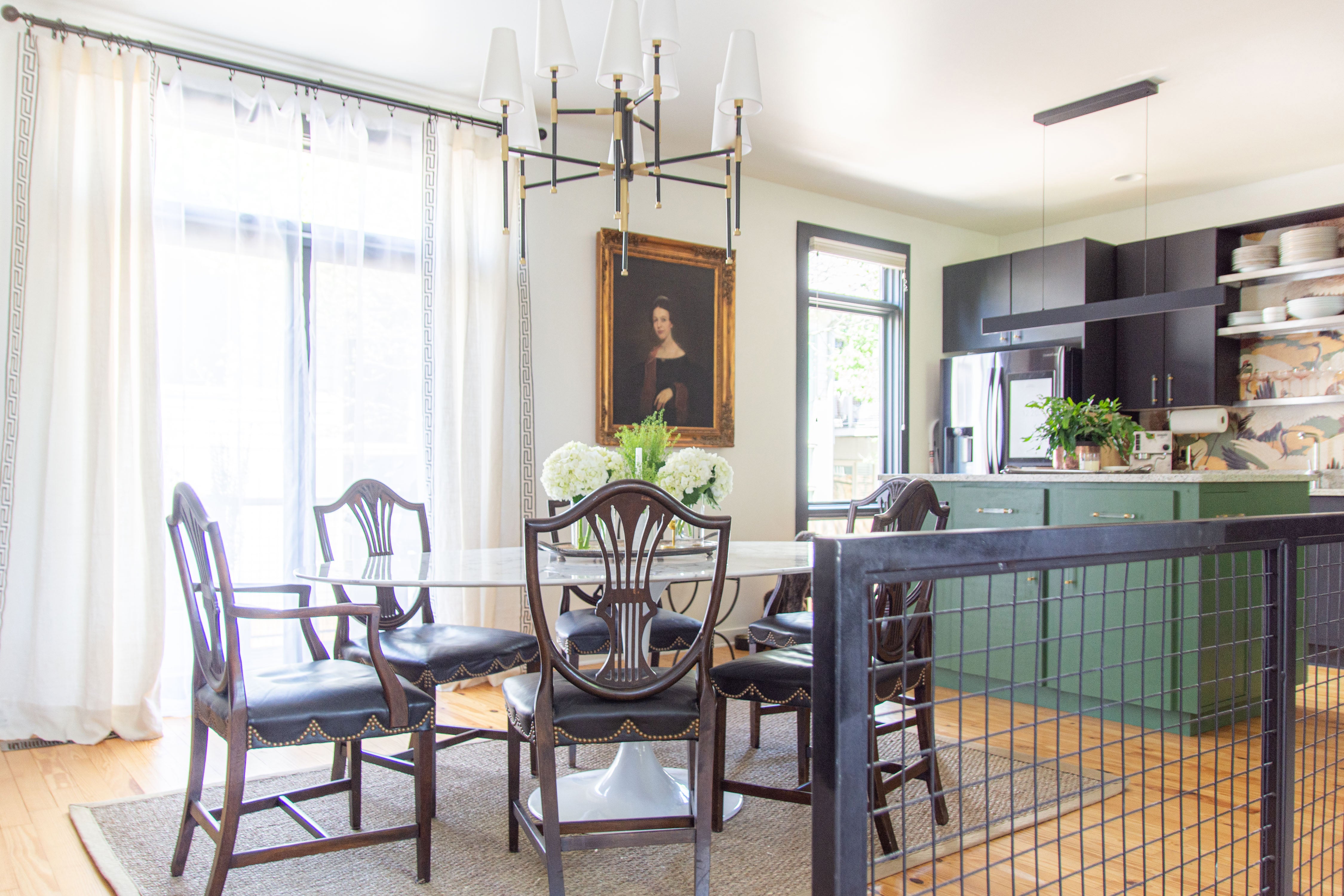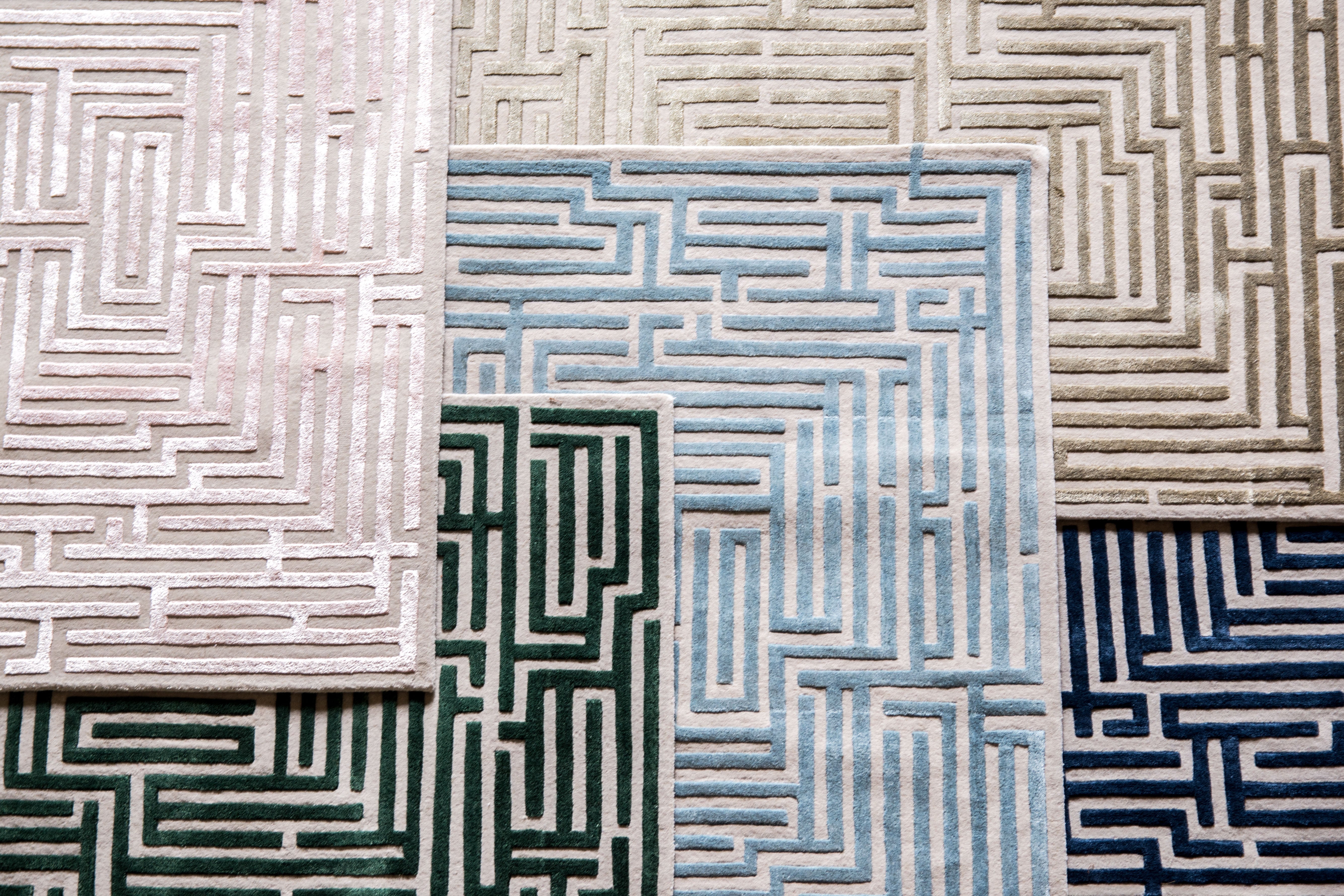Designing Buildings for a Sustainable Future: 6 Practical Approaches
The global architecture and construction industry stands at the crossroads of environmental stewardship. With climate change galvanizing society towards green initiatives, there's a pivotal need for sustainable design in our buildings—a sector that, historically, has been a significant contributor to carbon emissions and resource depletion. In this evolving landscape, architects and builders are tasked with a profound challenge: how to merge aesthetics, function, and sustainable practice into the buildings of the future.
1. Harnessing Renewable Energy in Architectural Designs
Renewable energy stands as the cornerstone of sustainable architecture, providing a pathway to both environmental conservation and economic efficiency. The effective utilization of solar, wind, and geothermal energy sources plays a critical role in minimizing a building's carbon footprint, marking a significant step toward combating climate change. Moreover, leveraging these renewable resources can lead to substantial reductions in long-term operational costs, making it a financially viable option for developers and property owners alike.
Architectural designs that thoughtfully integrate solar panels, wind turbines, and systems for passive solar heating represent the forefront of this movement. However, achieving a harmonious balance between aesthetic appeal and energy efficiency demands a nuanced approach. Architects and designers must possess a deep understanding of the specific energy patterns at the building site, which involves analyzing factors such as solar paths, wind directions, and geothermal potential. Based on these insights, renewable energy systems can be strategically placed to maximize their effectiveness, ensuring that each installation contributes optimally to the building's energy needs.
2. Optimizing Building Envelopes for Energy Efficiency
The building envelope, or the physical barrier between the interior and exterior environment, has a critical role in energy performance. Sustainable envelopes must provide high thermal resistance, prevent air leakage, and control moisture. Innovative building materials, such as aerogels and phase-change materials, are revolutionizing envelope performance by offering better insulation and thermal mass properties. Additionally, advanced glazing technologies and efficient shading systems help regulate internal temperature and lighting, which subsequently reduces the need for mechanical heating and cooling.
3. Implementing Water Conservation Systems in Building Infrastructure
Freshwater scarcity is a pressing global concern, making water conservation a vital aspect of sustainable building design. Features like greywater systems, rainwater harvesting, and water-efficient fixtures minimize the building's demand for potable water and help address local water stress. Architects must consider the water cycle within and around their buildings, identifying opportunities for collection, treatment, and reuse. This approach not only reduces environmental impact but also fosters resilience in the face of changing water availability.
4. Using Locally-Sourced and Recycled Materials in Construction
The emphasis on using locally sourced and recycled materials in construction is a nod to reducing the carbon footprint associated with transportation and manufacturing processes. By prioritizing materials like high quality and sustainably sourced timber, architects and builders not only contribute to local economies but also promote the use of renewable resources that have a lower impact on the environment. Such materials, when selected with care, do not compromise on durability or aesthetic appeal, yet significantly enhance the building's overall sustainability profile. This approach encourages a circular economy, where materials are reused and recycled, minimizing waste and the depletion of natural resources.
5. Designing for Adaptability and End-of-Life Recycling
Sustainable buildings are those that evolve with their environment and can be easily disassembled at the end of their lifecycle. Architects are increasingly designing with adaptability in mind, using modular components and flexible layouts that accommodate future changes. Furthermore, considerations for deconstruction and material recovery upon demolition ensure that the environmental impact is minimized even after a building's useful life has passed. The concept of circular design challenges the industry to think beyond the present and chart a course for sustainable longevity.
6. Cultivating Green Spaces and Biodiversity in Urban Settings
Urban environments often lack the natural elements that are crucial for ecological balance. Incorporating green roofs, vertical gardens, and on-site landscaping enhances biodiversity, improves air quality, and provides an urban oasis for inhabitants. These green spaces also help manage stormwater, reduce the urban heat island effect, and provide opportunities for passive recreation. Architects play a key role in weaving these features into the urban fabric, enriching the cityscape with a touch of the natural world while promoting the health and well-being of urban dwellers.
Designing buildings for a sustainable future encompasses a wide spectrum of considerations, from the macroscopic—such as energy generation and water management—to the minute details of material selection and spatial planning. It's an intricate dance that requires a harmonious fusion of technical expertise, environmental consciousness, and artistic vision. Yet, it's a dance worth mastering, as the structures we build today will echo through the ages, either as monuments to our shortsightedness or as beacons of a future we have smartly, artfully, and sustainably crafted.










